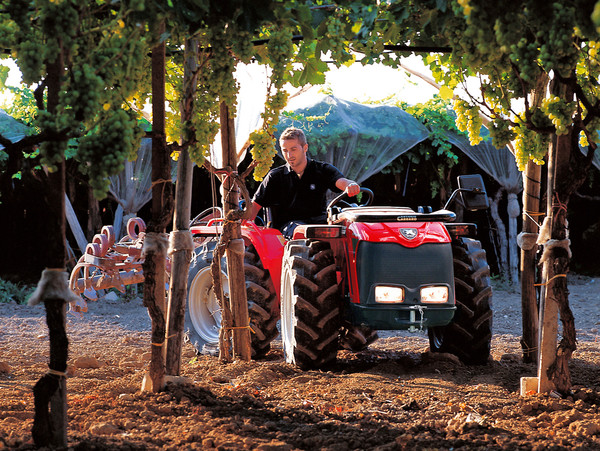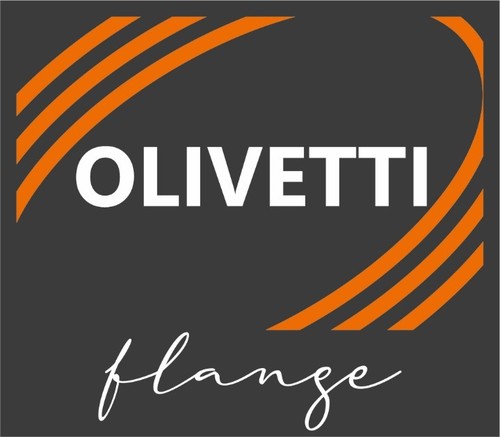
Technologies and digital systems for viticulture
Viticulture is one of the most important sectors in the agricultural sector, not only with regard to the added value of grape production and winemaking, but also with regard to the adoption of advanced cultivation systems. High-tech devices provide efficient and eco-sustainable processing, while the use of digitalized systems for precision farming enables the scientific management of all production parameters
Today’s viticulture is a complex activity driven by a high evolution of the operating techniques and technologies. Wine’s particular characteristic of expressing properties linked to the variability of the founding elements of an environment, soil, microclimate, altitude and slope, the type of plant care and its variety, is now also sought and exalted in the new evolutionary approach to Precision Farming.
This drives competitive companies to engage in a process of intensive research into solutions that can better combine the need to cut costs in the numerous, complex and constrained operations required by the vine’s life cycle, with a strong need to enhance the environment, the local area and its people. This renewed resource management and enhancement is also enshrined in the modern concept of enterprise, which combines well with the new, or rather rediscovered, principles of viticulture raisonnée, precision farming and rational agriculture.
The new paradigm
Viticulture seems to precede other sectors in welcoming the dawn of the agrarian revolution of digitalization and high technology. It represents a cultural, technological and farming revolution that returns the winemaker, an agricultural entrepreneur, to the centre of the creation of a unique product, recognized as such by the international market. The application of integrated high-tech devices and systems, together with the founding concept of precision farming, namely measured site-specific knowledge / intelligence and precise differentiated management, is a key resource for achieving high quality standards and sustainability of the production.
The Precision Farming / Viticulture, based on an orientation towards Sustainability (not a given), is based on “enabling” techniques and technologies in managing the complexity of the environmental biological system in which agriculture exists, namely in the return to valuing microclimatic, soil, water, biological, technical and managerial factors. The aim is to create a spatial intelligence (georeferenced on finite elements) to implement a detailed management, i.e. to intervene where, when and to the extent necessary.
This whole universe of innovations that are being offered to us, often in a disorganized way, are taking shape as empowering technologies and can be grouped into the following categories: eyes and touch to check the finished element even over a large area and recognize the effects in each treated item, using sensors (for contact, on board ground vehicles, drones, aircraft or satellite) and digital maps. Mind to be aware of what, when and where to act in every single production step (data, models, and decision-making support systems). Intelligent arms to perform precise operations even over large areas (innovative machinery, automation, robotics).
Memory to be aware of what has been done (telemetry, traceability). Experience (farm, district and territorial management of data). Identity in the sustainable use of rural resources with traceability and BigData indicators at a farm, district, territorial, and regional level.
Digitalization, connectivity, mechatronics.
The foreseeable impact of this new paradigm of innovation can be compared to the one already experienced a century ago, especially in the green revolution after the Second World War, in the shift from manual labour and animal traction to the mechanization of agricultural operations. Innovation has profoundly changed rural work, professions and territories, and will continue doing so in this new evolutionary phase.
Digitalization, connectivity and high technology have the power to increase the knowledge and skills of those who will use them correctly, in a gradual, inclusive, systemic evolution. This is precisely what at the European level is defined as an “ecosystemic approach”, which will have to be the model for a fruitful growth. Within it, the training system must value once again the complexities and synergies of the agricultural and viticultural production system, while also adapting to digital methods, shared computer systems and new advanced technologies.
We can reasonably assume that on average, every 100 hectares of vineyards corresponding to a wine cellar production of 50,000 hl will require one agricultural IT technician and one agricultural electronic engineer. These professional figures will be perfectly integrated in viticulture and electronic digital techniques.
Ecosystemic approach
One of the first examples of a systemic approach was created by the Marchesi Mazzei company of Fonterutoli (Siena), which has been implementing winery management software for some years now. This software controls field operations and acquires data such as that relating to the delicate crop protection phase, directly in telemetry from the mechanized sites.
The experiences fielded thus far have been mainly focused on the plant protection product monitoring phases and the mechanical harvesting operations.
The application allows the real-time monitoring of operations and obtaining the log of the conditions of use, as well as the adjustments to be made in the specific geographical location, with a check of its correct use and the exact execution of the operations.
Similarly, it is possible to record the treatment performed on the plot of land and to identify sites and production areas characterized by “critical issues”, as well as to obtain daily snapshots of the pesticide coverage (days passed since the treatment) or risk levels (recovery times) in the farm’s various plots.
The implemented system includes a collaboration with an integrated multi-skill team, which is just one example of an ecosystem supporting the digitalization of winemaking farms.
The innovation puzzle pieces
In the field of biosystem engineering and mechanization in particular, the innovations arise in disorganized forms that are not always easy to grasp in order to see the system innovation that is on our doorstep. After all, each of these implementations is perfectible, like any machine, representing the bricks, the puzzle pieces on which to erect the building or the framework of a future system.








